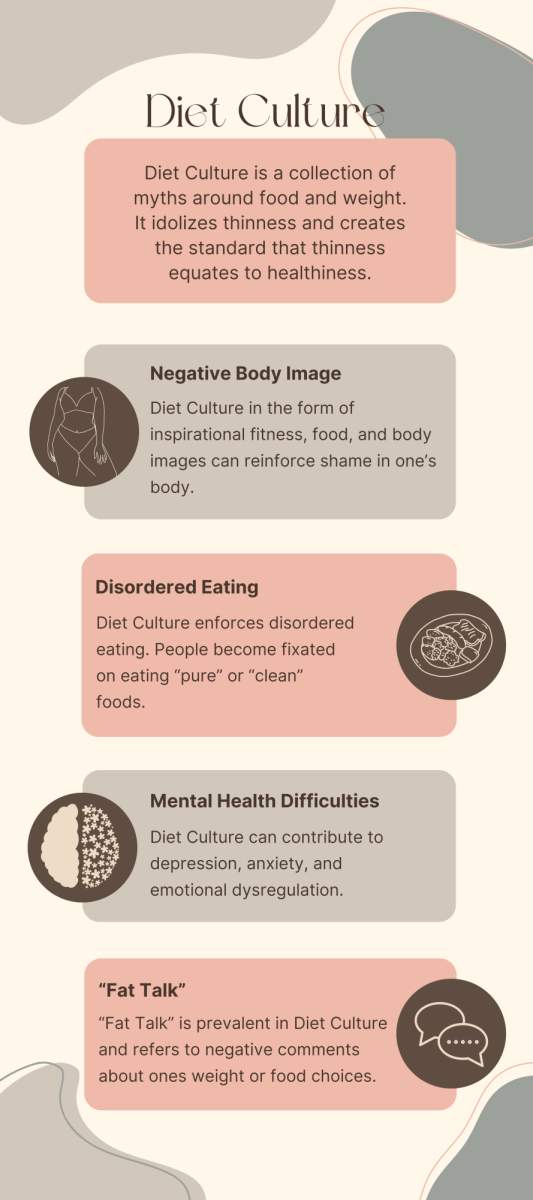![]() I first saw the app at lunch. It was on my friend’s phone. Here’s how it works: Girls and guys upload pictures of themselves and we get to decide whether they are hot or not. Located at the bottom of each participant’s photo are a check mark and an “X”. If you think that participant is “hot,” you click the check, if he or she is “not hot” you choose the “X.” It’s that simple.
I first saw the app at lunch. It was on my friend’s phone. Here’s how it works: Girls and guys upload pictures of themselves and we get to decide whether they are hot or not. Located at the bottom of each participant’s photo are a check mark and an “X”. If you think that participant is “hot,” you click the check, if he or she is “not hot” you choose the “X.” It’s that simple.
After going through about 10 pictures, we voted about half as “hot” and half as “not hot.”We voted “hot” for the fit, skinny, and well-dressed kids. The others, the unhot kids, had braces and acne and tended to be overweight. But after reflecting on my judging, I recognized something that disturbed me. I was putting up unrealistic expectations on these people to be viewed a certain way. Most people are not skinny with perfect skin. People are oddly shaped, have bad hair, skin problems. People aren’t perfect, nobody is. But if it weren’t for media pressure we wouldn’t be held to these unrealistic expectations.
The media broadcasts the “thin ideal” in almost every way possible. From magazine covers to television shows and advertisements these media forms push upon us the skinny look. Take a look at a model from today vs. a model from before the 70s. The models of today are dramatically thinner and edited compared to the ones of the past.
I believe that our culture’s standards for attractiveness are at an unhealthy level. Look for example at ten-year-old girls posting “Am I Pretty or Not?” YouTube videos. It’s no wonder that over 24 million people of all ages and genders suffer from eating disorders in the United States. Just look at our media. Take princesses, for example. In Shrek, Princess Fiona, when in ogre form, is green and more masculine and is viewed as ugly, whereas the thin, tall, and extremely feminine Cinderella is viewed as beautiful. Even at a young age society teaches us that fat is bad, thin is good.
Evidence that we are concerned about being thin is not hard to find. Turn on your television and I can almost guarantee that either a Slim Fast or Weight Watchers commercial will pop up. Weight lost is always in constant discussion, whether it’s exercise to lose weight, dieting, or pills, society just simply bombards us with this “thin ideal” message.
I believe that we have to recognize what is real and what isn’t. That long, lean body that every woman lusts for is simply unrealistic and often unattainable.
But girls aren’t alone this self-consciousness and pressure even applies to guys. Take a look at any Abercrombie or Hollister bag. The guy’s biceps are about as big as his head! The ideal male physique has gained muscle and lost weight. Boys are encouraged at an early age to think that a man and being strong go hand and hand. In what world are women as skinny as Smeagol and men the size of the Hulk?
We all want to look our best, but a healthy body is not always linked to appearance. It’s important that we value our health and resist negative body messages.







